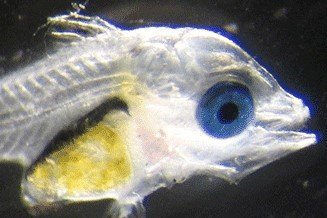Advertisement
Advertisement
By definition, aquatic genetic resources (AqGR) for food and agriculture include DNA, genes, chromosomes, tissues, gametes, embryos and other early life history stages, individuals, strains, stocks and communities of organisms of actual or potential value for food and agriculture. This report is the first global assessment of the status of AqGR. Overall, 92 countries contributed, covering approximately 96 percent of global aquaculture production and over 80 percent of global capture fisheries production.

